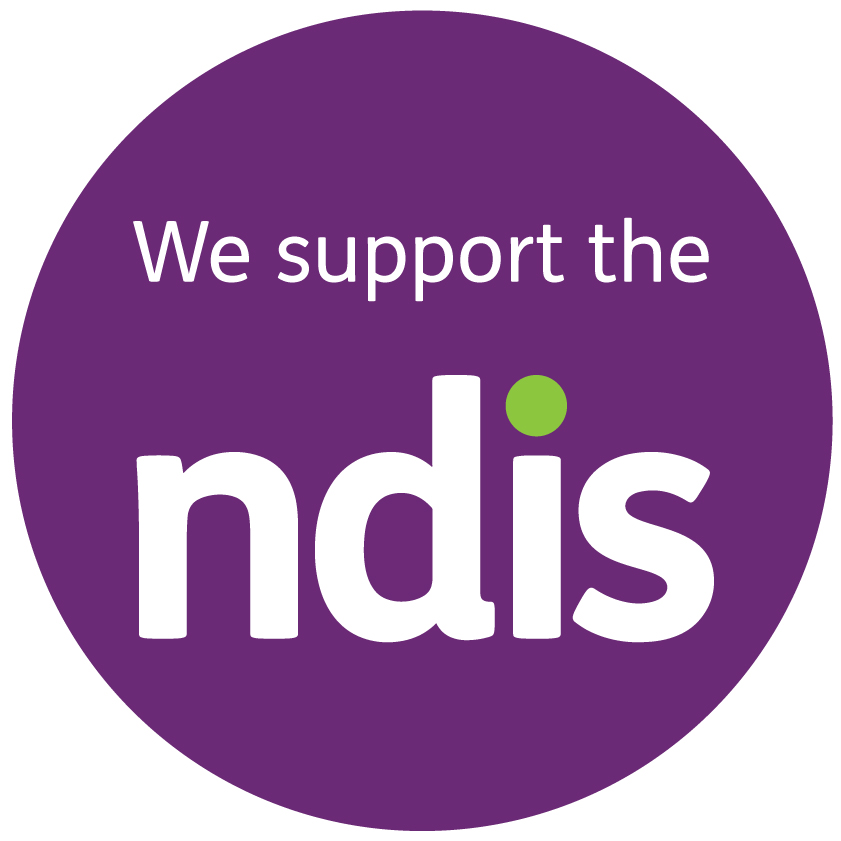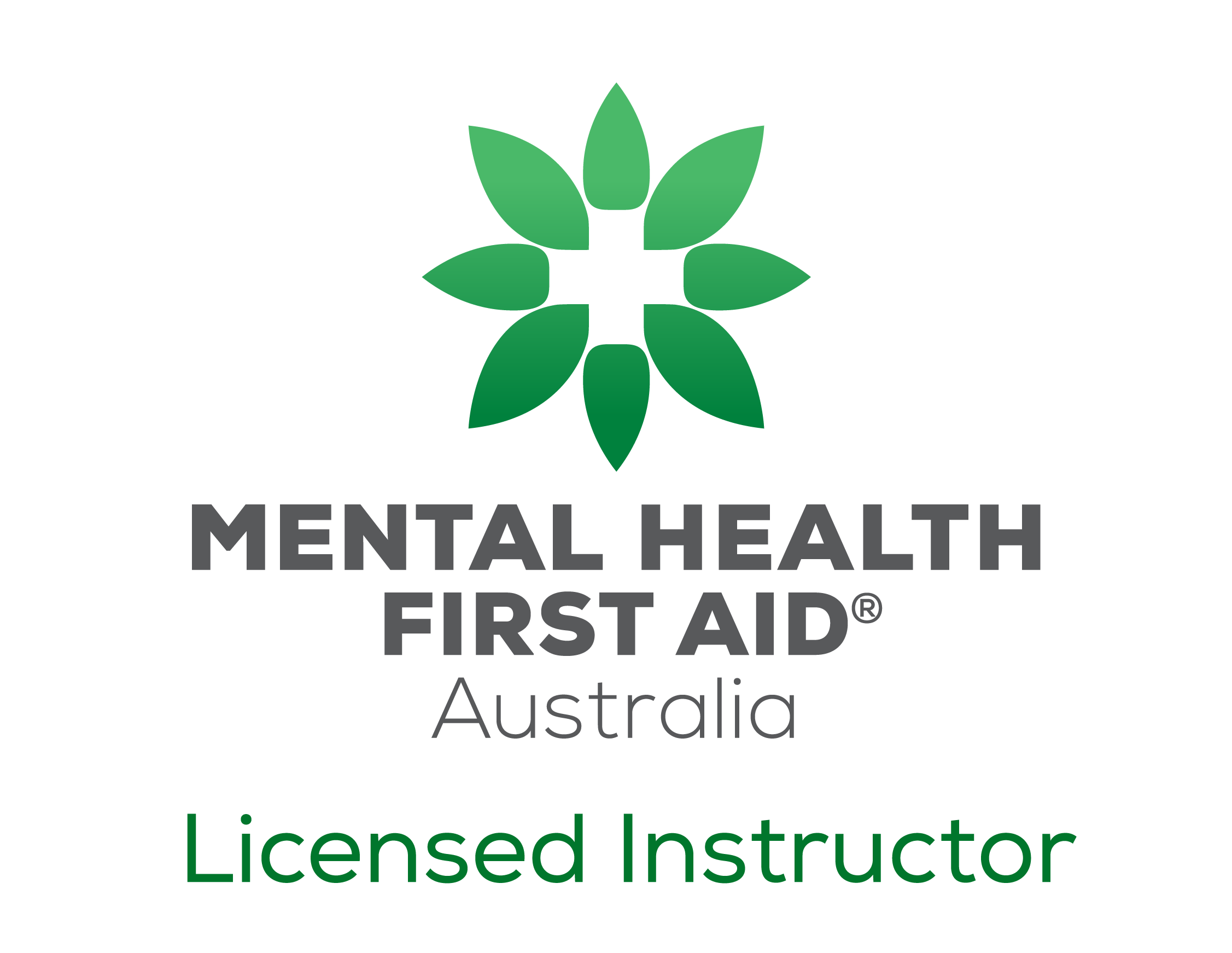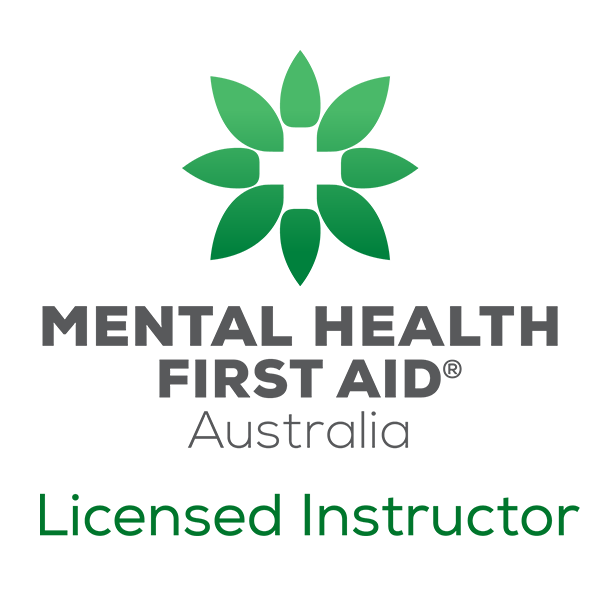Art as Therapy: Creative Outlets for Emotional Expression

Art as Therapy: Creative Outlets for Emotional Expression
Art has long been valued as a powerful tool for self-expression, yet its therapeutic benefits reach well beyond just fostering creativity.
For individuals with disabilities, art can serve as a vital outlet for emotional expression, providing a way to communicate feelings that may be difficult to articulate.
Engaging in artistic activities fosters personal growth, emotional healing, and a sense of community.
The Therapeutic Power of Art
Art therapy involves diverse forms of creative expression, such as painting, drawing, sculpture, and music, to help individuals explore their emotions, process their experiences, and build coping skills.
For those with disabilities, these activities can be particularly beneficial, as they allow for self-exploration in a non-verbal manner.
Art becomes a safe space to convey feelings of joy, sadness, frustration, or hope, helping individuals articulate their inner worlds without the constraints of spoken language.
Benefits of Art as Therapy
Emotional Expression: Creating art enables individuals to express complex emotions. Whether through vibrant colours or abstract shapes, the artwork can reflect feelings that might otherwise remain unspoken.
Boosting Self-Esteem: Completing a piece of art fosters a sense of accomplishment. For individuals with disabilities, creating something tangible can enhance self-worth and promote a positive self-image.
Stress Relief: Engaging in creative activities can serve as a form of meditation, helping to reduce anxiety and stress. The focus on art allows individuals to momentarily escape their worries and immerse themselves in the creative process.
Social Connection: Participating in group art sessions can foster community and connection. Shared artistic experiences encourage collaboration and communication, helping individuals build friendships and support networks.
Cognitive Development: Art stimulates cognitive functions such as problem-solving, critical thinking, and planning. These skills are valuable for individuals with disabilities as they navigate daily challenges.
Getting Started with Art Therapy
You don’t need to be a professional artist to benefit from art as therapy. Here are some ways to get started:
- Find Your Medium:Experiment with various forms of art—painting, drawing, collage, or even digital art. Discover what resonates most with you.
- Join a Class or Workshop:Look for local art therapy programmes or community workshops designed for individuals with disabilities. These spaces provide guidance and support in a friendly environment.
- Create a Dedicated Space:Set up a comfortable and inspiring area for your art activities. Having a dedicated space can make it easier to dive into your creative pursuits.
- Practise Regularly:Set aside time each week for creative expression. Consistency can deepen the therapeutic benefits.
Conclusion
Art as therapy offers invaluable benefits for emotional expression, personal growth, and community connection.
For individuals with disabilities, engaging in creative activities can unlock feelings and experiences that enhance overall well-being.
Embracing art allows for self-discovery, healing, and joy making it a powerful tool for anyone seeking a meaningful way to express themselves.
Whether through painting, sculpting, or any other form of creativity, the journey of artistic exploration is one worth embarking on.
Recent Posts

Caring for a Loved One with a Disability: A Guide for Families
Discover how to care for a loved one with a disability. Learn practical tips, emotional support, and self-care strategies for balanced family caregiving.

The Truth About Longevity Diets: What Works and What’s a Myth?
Discover science-backed longevity diet tips, debunk common myths, and learn what truly supports a longer, healthier life through balanced nutrition.

Nutrition Tips for People with Mobility Challenges
Maintaining a balanced diet is essential for overall health, but for individuals with mobility challenges,

How to Introduce Technology to Seniors (A Beginner’s Guide)
Technology has become an essential part of daily life, but for many seniors, adapting to digital tools can feel overwhelming.





